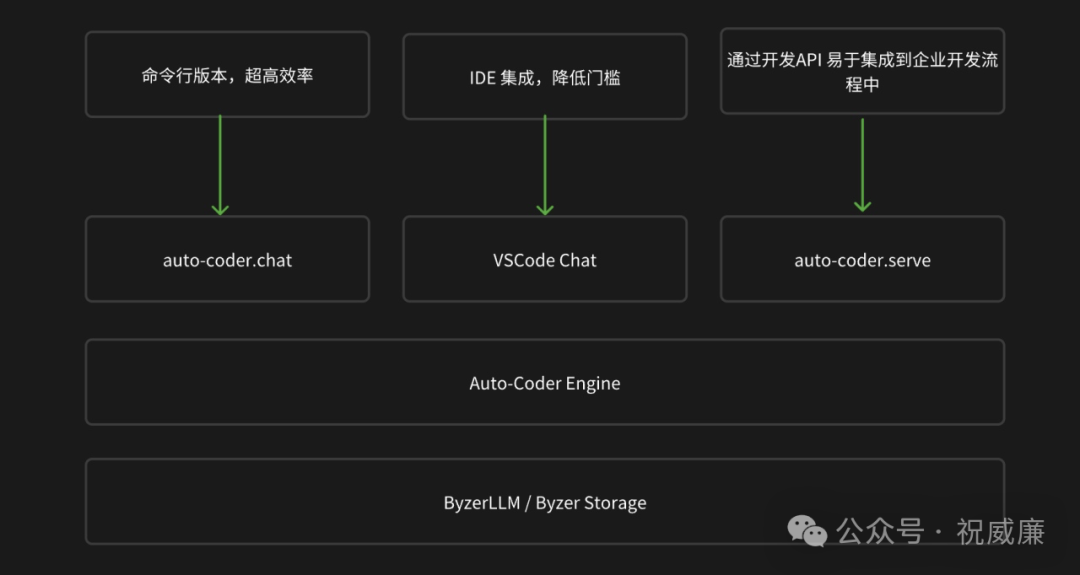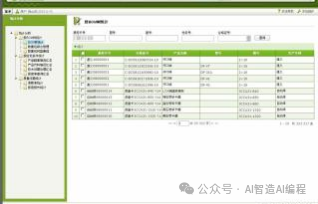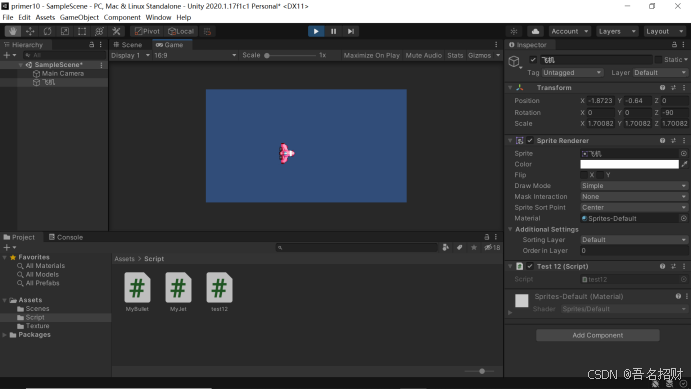介绍
string类详情===>>>https://cplusplus.com/reference/string/string/?kw=string
1. string是表示字符串的字符串类(感觉就像一个动态的字符数组)
2. 该类的接口与常规容器的接口基本相同,再添加了一些专门用来操作string的常规操作。
3. string在底层实际是:basic_string模板类的别名,typedef basic_string<char, char_traits, allocator>string;
4. 不能操作多字节或者变长字符的序列。
在使用string类时,必须包含#include头文件以及using namespace std;
string类的常用接口说明
1 string类常用构造函数
1.1 string()
定义一个空字符串,直接使用就行。
#include <iostream>
#include <string>
using namespace std;
int main()
{string s1;return 0;
}1.2 string(const char* s)
#include <iostream>
#include <string>
using namespace std;
int main()
{const char *ch="hello world";string s1("hello world");string s2(ch);return 0;
}1.3 string(size_t n, char c)
#include <iostream>
#include <string>
using namespace std;
int main()
{string s(3, 'a'); //3个a字符cout << s;return 0;
}1.4 string(const string&s)
#include <iostream>
#include <string>
using namespace std;
int main()
{string s(3, 'a');string s1 = s;//定义变量时候的=就是拷贝构造cout << s;string s2;s2 = s;//定义完了之和的=是调用的运算符重载operator=()return 0;
}2 string类对象的容量操作
2.1 size/length
string s1("hello world");string s2("hello");cout << s1.size() << endl; //11cout << s2.length() << endl; //5//size和length本质没啥区别,只是谁先被创造出来的差别而已2.2 capacity
string s1("hello world");
cout << s1.capacity() << endl; //15//实际容量一般比capacity多一个,用于存储'\0'capacity与size的区别:capacity是容量,表示总共最多能装多少个字符,而size是表示字符串的有效字符的数量,则capacity>=size。
在实际扩容中,为了提高效率,capacity的增长是按照一定比率增长的,在VS中,大概为1.5倍增长。
2.3 clear
string s1("hello world");
cout << s1 << endl; //hello world
s1.clear();
cout << s1 << endl; //空2.4 reserve
string s;//创建一个s空字符串
s.reserve(100);//提前为 s 开辟100个空间
cout<<s.size()<<endl;//0
cout << s.capacity() <<endl;//111reserve只会开辟空间,并不会改变字符串有效字符内容。reserve开辟的空间要比string底层空间要大,如果传入参数小于string底层空间大小的话则为无效开辟。
2.5 resize
两种方式:


resize(size_t n) 与 resize(size_t n, char c)都是将字符串中有效字符个数改变到n个,不同的是当字
符个数增多时:resize(n)用0来填充多出的元素空间,resize(size_t n, char c)用字符c来填充多出的
元素空间。
注意:resize在改变元素个数时,如果是将元素个数增多,可能会改变底层容量的大
小,如果是将元素个数减少,底层空间总大小不变。
3 string类对象的访问和遍历
3.1 operator[]
for (int i = 0; i < s3.size(); i++){s3[i] += 2;}[]的运算符重载,可以直接将string类对象当数组一样用下标访问。
3.2 begin+ end
//迭代器string::iterator it = s3.begin();while (it != s3.end())//写{*it -= 2;it++;}it = s3.begin();//置为起点while (it != s3.end())//读 end为数组末尾的下一个位置{cout << *it << " ";it++;}begin获取一个字符的迭代器 + end获取最后一个字符下一个位置的迭代器
3.3 rbegin + rend
string s1("hello world");string::reverse_iterator rit = s1.rbegin();while (rit != s1.rend()){cout << *rit << " ";rit++;}cout << endl;4 string类对象的修改操作
4.1 push_back
string s;
s.push_back('c');在字符串后插入c
4.2 append
string s;
s.append("123");在字符串后追加一个字符串
4.3 operator+=
string s;
s += '8';
s += "sda";
//s: 8sda在字符串后追加字符串str
在string尾部追加字符时,s.push_back(c) / s.append(1, c) / s += 'c'三种的实现方式差不多,一般情况下string类的+=操作用的比较多,+=操作不仅可以连接单个字符,还可以连接字符串。
4.4 insert
string s("hello world");
s.insert(s.begin(), 's');
//s: shello world在下标为pos之前插入字符串。
4.5 erase
string s("xxxhello world");
s.erase(0,3);//前面的 0 是位置,后面的3是需要删除的字符个数
cout << s << endl; //hello world从某个位置开始删除几个字符,如果字符不够删,则有多少删多少
4.6 c_str
string s1("sdjsd");const char* str = s1.c_str();while (*str){cout << *str << " ";str++;}cout << endl;返回首地址。
4.7 find + npos
string s("hello world");
int pos = s.find(' ');//找到‘ ’的位置
cout << s.substr(pos+1)<<endl;//world
int pos1 = s.find('l', pos);//从pos开始找l
cout << s.substr(pos1)<<endl;//ld4.8 rfind
int pos2=s.rfind('l');
cout << s.substr(pos2)<<endl;
int pos3 = s.rfind('l', pos2-1);
cout << s.substr(pos3)<<endl;rfind和find类似,find是从往右找,rfind是从右往左找。
4.9 substr
string s("hello world");
int pos = s.find(' ');//找到‘ ’的位置
cout << s.substr(pos+1)<<endl;//world
int pos1 = s.find('l', pos);//从pos开始找l
cout << s.substr(pos1)<<endl;//截取pos1开始到最后的字符段在str中从pos位置开始,截取n个字符,然后将其返回。
5 string类非成员函数
5.1 operator+
尽量少用,因为传值返回,导致深拷贝效率低
5.2 operator>>
输入符重载
5.3 operator<<
输出运算符重载
5.4 getline


getline与cin类似但不相同,cin输入时遇到空格或者遇到换行符就会停止读入,而getline不会。



















